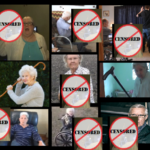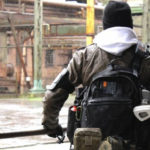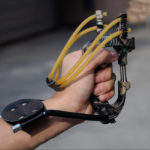Creating a Resource Map
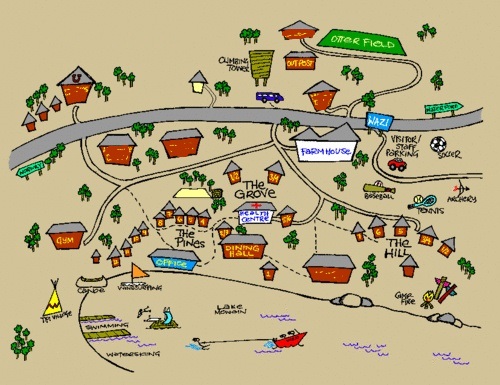
Graphic; pinterest.com
Now days people don’t interact with their local communities as they used to. One reason is we often live in what can be called “bedroom” communities working in one town and living in another. We also move away from where we were born and raised more often then was done by past generations. This gives us more opportunities then ever before but it also means we often don’t know our own neighbors and neighborhoods as well as we once did. Even if you have lived in the same area all your life, a resource map is an important part of any emergency plan.
With this in mind how well do you know your area? As our ability to travel expands we should be expanding our knowledge of each region we occupy. Know which areas are most likely to be abandoned in a crisis and which will be over run. Which routes will be safe to travel, under what conditions, and with whom? Which areas will be crowded and with dangerous levels of looters or panicked people? This coupled with the knowledge of the hidden or less obvious resources will allow you to react more efficiently in a SHTF scenario.
Before you actually set up any plan whether it’s to bug in or out is to do a threat assessment based on where you and your family or group are most likely to be at the time of the event. Getting everyone safely to a central pre-determined location is priority one. From that determination, you can begin your resource acquisition and usage plan.
Begin with self stockpiling in the location you decide is best to re-locate to or to hunker down in. This gives you both the option to delay resource searches until it’s safer to do so and bartering power for items you were unable to save from the event or stockpile yourself.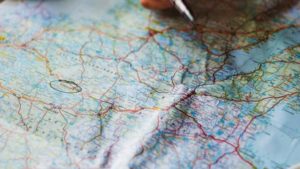
Then move on to creating your scavenging map. Begin local to the region you plan to be in after the regrouping. Only include those outside areas where you might be at the time of the event if those items have become urgent based upon the type of disaster, otherwise you risk missing the meet up and the movement to safety of your family. Don’t forget these regions but put them on a back burner until it’s more practical to take advantage of them.
Beginning with your immediate area, what resources are available? What needs might you find yourself or group having? Where might you locate those resources without endangering yourself or your location? Having access to things like medicines or tools could be very important even in the early days of a collapse. What can be walked to? What might you require an off grid transportation method to get to and from safely? These are important questions to ask yourself as you create your resource “map” and supply route for scavenging in the early days and later down the road if necessary. Build out from that location to others that you should or do know.
Be aware that other’s will be seeking some of the same items as you are and that the majority of the population almost no matter what area you live in, will be desperate to obtain them. This makes your awareness of the region of even of greater importance. Part of your map should be areas to avoid. You would want to stay away from large super stores even if they are near by. These places will be bombarded initially with desperate last minute preppers, and as the disaster spreads the looters and dangerously desperate. Walmart, Costco, and other large retailers should be avoided.
However, in the initial phases of a crisis, places like their wholesale distribution warehouses might be an option prior to other’s having thought of them. Most will migrate toward what they know as “normal”. Try not to fall into that trap. Remember no matter how well prepared you are, no matter how aware you think you’re being you can be killed in an instant with one off shot or lucky blow from someone who never thought they would be in that position to begin with. You might also find yourself dealing with and completing for resources with other well trained, well prepared preppers. So attempt to think out of the box. An example might be to avoid the local Big 5 sporting goods store and check out the local rod and gun club instead.
Be very thoughtful in your creation of your resource map. Note the resources that would be worth checking out and those that might cost you your life! Also determine who will be the most likely to be the ones to go and insure they know the designated routes. If you have the population within your group to do so, go in pairs or small groups to have as many eyes and helpers as possible. Insure you have the means to transport your finds back to your bug in/bug out location once you find them as well. If you are a critical thinker map this out into a plan that you and your group can follow if/when the need occurs (even if you know, you may be injured or not there for another reason) if less so it could be necessary do some trial runs in the form of afternoon hikes etc..
Be aware, be cautious, be safe.
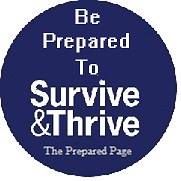 This is an aggregated site. Please be aware some of the sites we link you to could have pop ups. We have no control over them. However, we will never link you to a site that requires you to make any purchase to view the blog.
This is an aggregated site. Please be aware some of the sites we link you to could have pop ups. We have no control over them. However, we will never link you to a site that requires you to make any purchase to view the blog.
Please read our disclaimer. We provide you with information from various sites all over the world. The author’s expressed opinion isn’t necessarily that of The Prepared Page or its staff. Our intent is to bring you the information. Use your and your own best judgment when using any information contained within the blogs.
While you’re here check out some of those other posts you may find them interesting!!!
Some posts may include affiliate links



